Updated date: 07/27/2023 10:29:36
DTO - Organizations and enterprises are increasingly interested in reducing operating costs and prices in order to survive and develop in a fiercely competitive environment. There are many factors that form costs, of which energy costs are quite large. Organizations and enterprises cannot control the prices of energy sources, government policies or the entire world economy , however, they can improve their energy management methods to reduce energy consumption costs by applying the ISO 50001: 2018 standard set.
ISO 50001 standard is designed for all types of organizations and businesses (Photo: Internet)
What is ISO 50001?
ISO 50001 is an international standard for building an effective energy management system. This standard is often based on data and events to provide an organized system for energy management and provides requirements for a systematic process. Understanding the content of the standard and applying it correctly will help organizations and businesses save energy, minimize costs and achieve long-term goals.
Subjects applying ISO 50001 standard
Like other ISO management system standards, ISO 50001 is designed for all types of organizations and enterprises. This standard does not have specific requirements and objectives; regardless of the organization's size, state or private operations, geographical location, etc., the ISO 50001 energy management system can be used.
The main goal of applying ISO 50001 standard is to help businesses use energy-consuming equipment more efficiently (Photo: Internet)
Objectives of ISO 50001
The main objective of applying ISO 50001 is to help businesses use energy-consuming equipment more efficiently, manage energy conveniently and transparently. In addition, ISO 50001 also helps promote better energy management activities, support the assessment and introduction of new energy-saving technologies. In addition, this standard also helps the energy management system become simpler to reduce current greenhouse gas emissions.
ISO 50001 is designed based on the PDCA cycle, including planning, implementing, checking and improving (Photo: Internet)
ISO 50001:2018 Management
To ensure that the energy management system is compatible with other management system standards, ISO 50001 is designed based on the PDCA cycle. This cycle includes processes such as: planning, implementing, checking and improving. Thereby, organizations can still apply ISO standards individually or in combination with other management systems.
Setting energy policy
Energy policy is the commitment of the leaders on energy consumption, aiming to achieve improvements in energy efficiency and performance. In addition, the leaders of the enterprise also commit to comply with the requirements prescribed by law.
Energy planning
Energy planning is also understood as the process of establishing an energy management plan with basic contents such as: determining requirements and standards according to legal regulations; considering and reviewing energy; determining the baseline energy line and other factors such as: energy performance index, goals, targets and management plans for energy use activities.
Perform
During the implementation phase, organizations and enterprises need to carry out management and operation activities based on the research results of the energy planning process. Organizing the above activities helps energy to be used more effectively.
Check
During the audit phase, the organization conducts activities to measure and evaluate how well they have used energy over the past period. The company then implements further activities based on the results of the above assessment.
Consider
The review period is determined by senior management. Senior management often plays an important role in the periodic review of the energy management system, as regular reviews help ensure that the system is compliant with standards and is sustainable in the future.
Benefits of energy management according to ISO 50001:2018
Certification of energy management systems according to ISO 50001 will bring many different benefits to businesses and organizations. This standard helps businesses certify that they are working with a plan and strategy to reduce energy waste and negative impacts on the environment. The benefits of energy management according to ISO 50001 can be listed as:
Create a framework to support the regulation, implementation, operation and maintenance of a comprehensive energy management system, creating added value (for customers, interested parties and for the organization itself), consistent and synchronized activities to satisfy the needs of the organization and enterprise.
Support the leaders of organizations and enterprises in managing and operating consistently and responsibly for energy management activities based on the risk management of the organization and enterprise, includingeducation and training for the subjects of the system and business processes in the organization and enterprise on energy management.
Reduce negative environmental impacts, such as greenhouse gas emissions, without compromising other operations and still making a profit.
Continuous improvement and upgrading of energy management systems.
Ensure businesses can measure, report and evaluate energy consumption.
Increase your chances of bidding if you present environmental information well.
Improve and enhance the image of the business, helping customers and partners have more confidence in the business...
Beauty (summary)
Source link


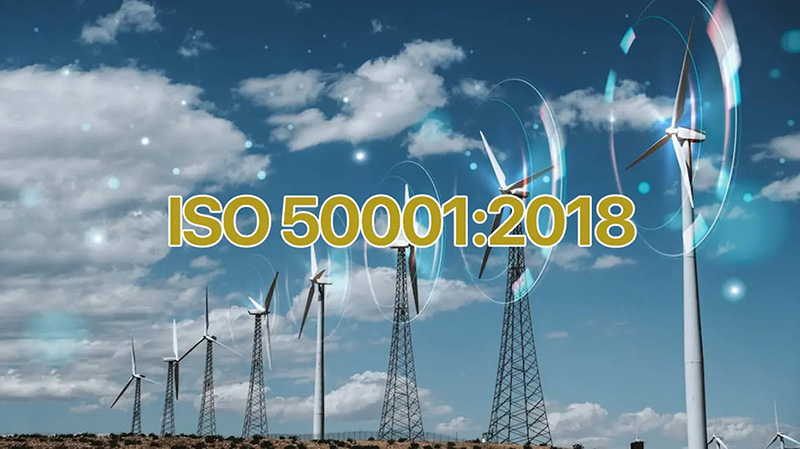

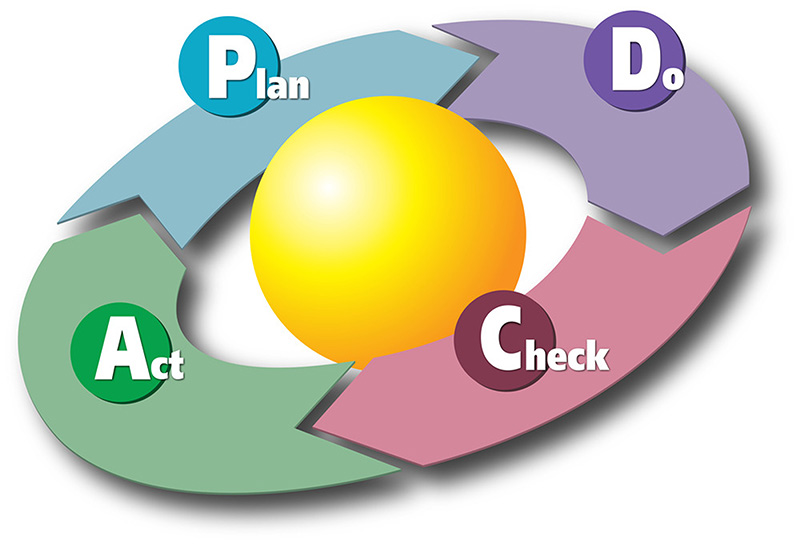






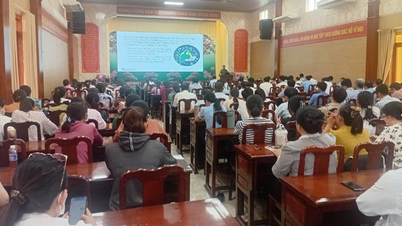

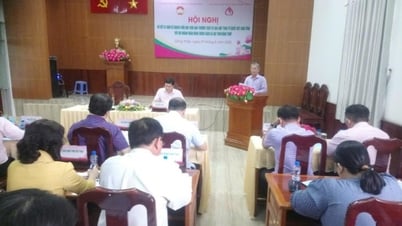
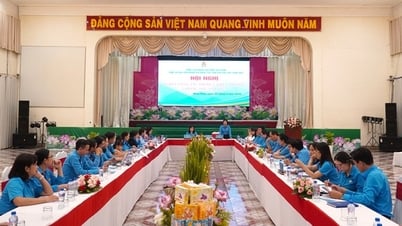
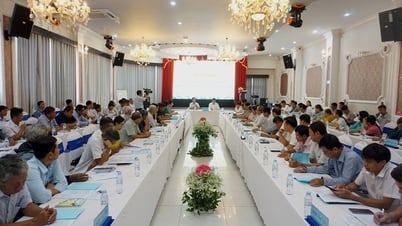
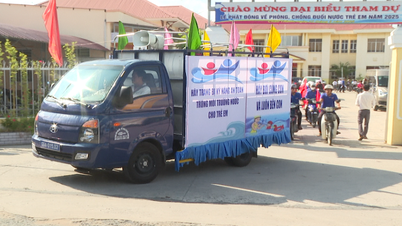











![[Photo] Nearly 104,000 candidates in Hanoi complete procedures to take the 10th grade entrance exam](https://vphoto.vietnam.vn/thumb/1200x675/vietnam/resource/IMAGE/2025/6/7/7dbf58fd77224eb583ea5c819ebf5a4e)

































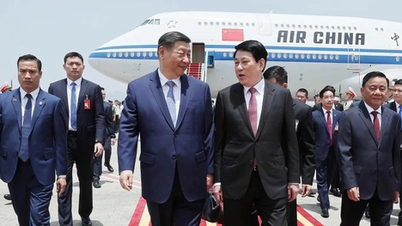






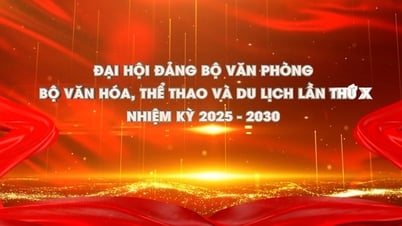








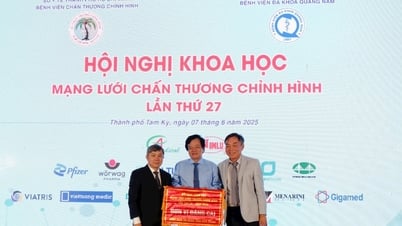

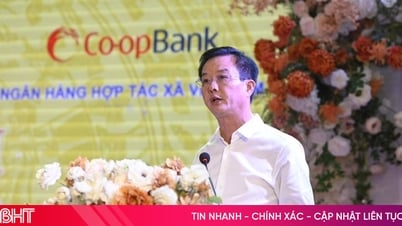











![[OCOP REVIEW] Tu Duyen Syrup - The essence of herbs from the mountains and forests of Nhu Thanh](https://vphoto.vietnam.vn/thumb/402x226/vietnam/resource/IMAGE/2025/6/5/58ca32fce4ec44039e444fbfae7e75ec)







Comment (0)